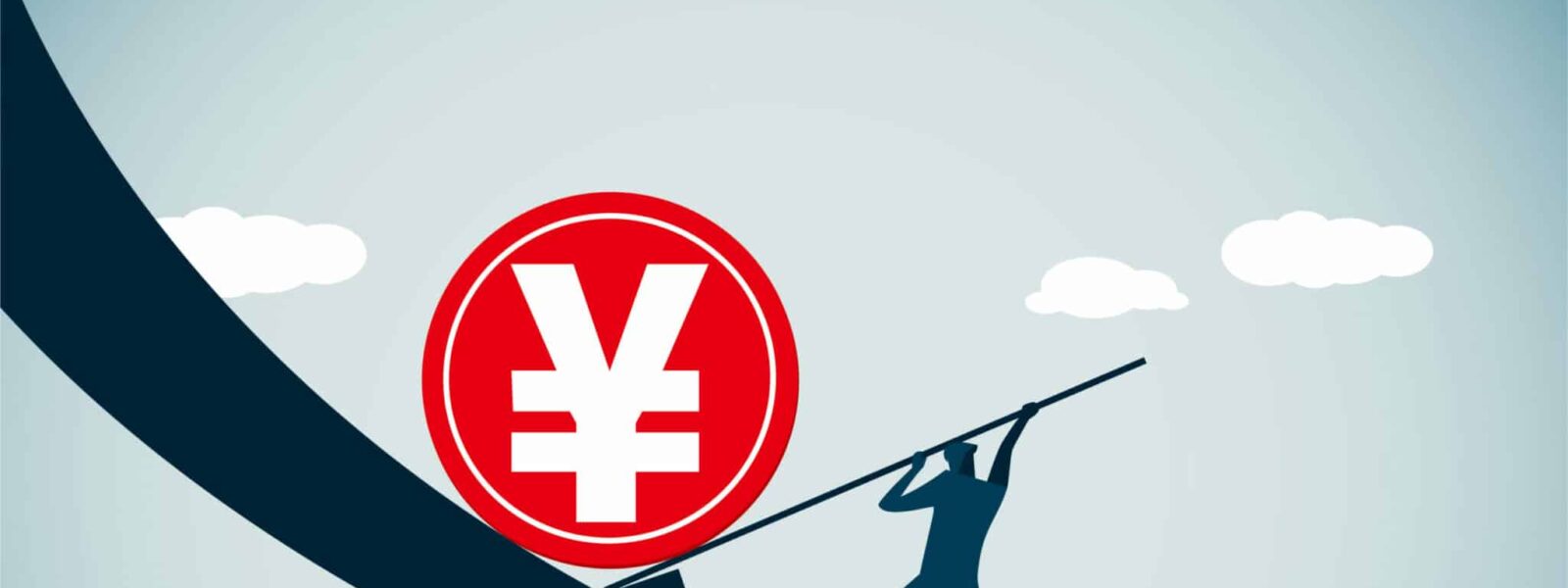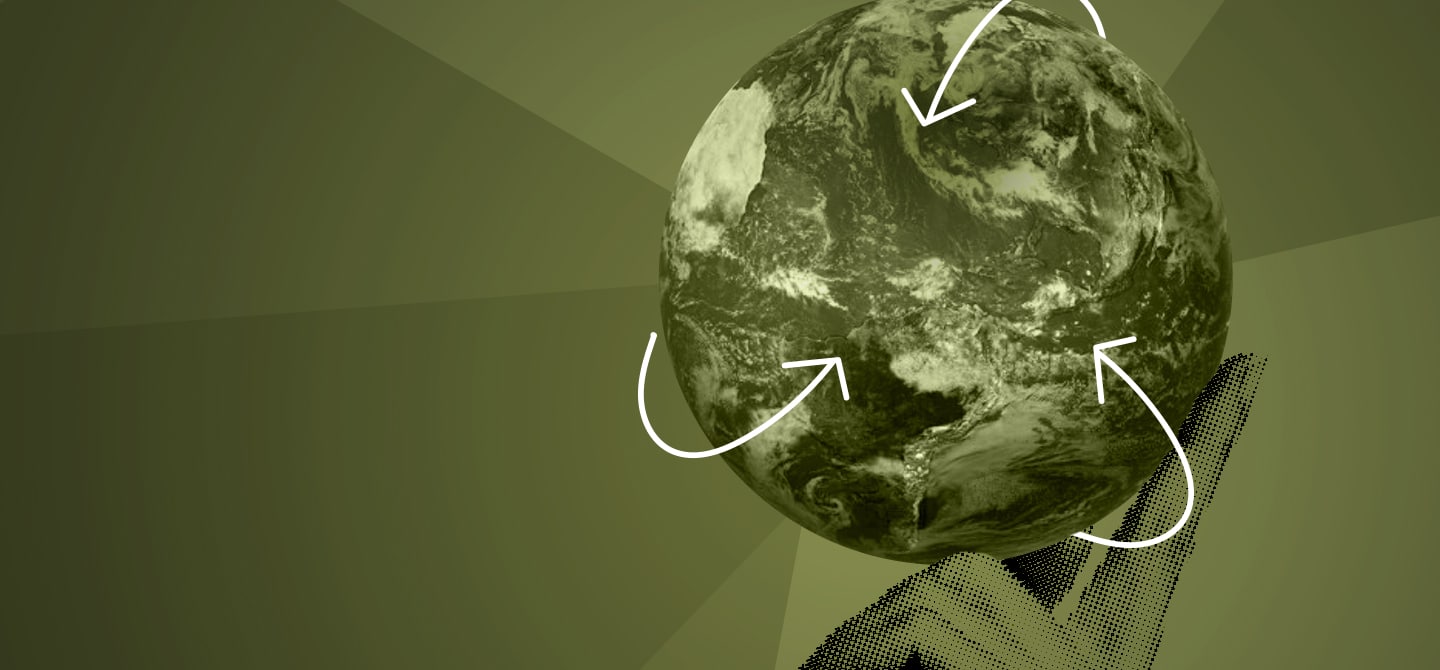“Controlled inflation will help to boost growth”
Some economic players are worried about the return of inflation. Is this good or bad news, and are there grounds for such fears?
To understand inflation, it helps to look at Japan. For the past 25 years, the country has had no inflation and sluggish growth despite an ultra-expansionary monetary and fiscal policy. The money supply issued by the Bank of Japan has increased tenfold while public debt has reached 250% of GDP – more than double that of France! The situation is totally paradoxical. And yet, it is worth nothing because since the financial crisis of 2008 it the lack of inflation also concerns the euro zone and (to a lesser extent) the United States.
This “secular stagnation” is explained by a persistent lack of demand due to demographic ageing. People are saving for their retirement, then for their health expenses and finally to pass on to their children and grandchildren. This is compounded by rising inequality, which concentrates purchasing power in the hands of the wealthiest people, who have high savings rates, and by slowing productivity gains, which encourage households that are more pessimistic about the future to save more.
To counteract a decline in demand, central banks lower their interest rates. This discourages households from saving and encourages companies to invest. But at the heart of the current problem is that central banks have run out of ammunition: interest rates cannot go below 0%. No financial asset can have a return significantly lower than that of money. Central banks can create money, but this has no macroeconomic impact, since savers are hoarding. In these circumstances, controlled inflation is desirable because it would stimulate demand.
Inflation is favourable right now because rising prices melt the value of savings like snow in the sun.
Explain this to us.
Inflation is favourable right now because rising prices melt the value of savings like snow in the sun. Households therefore have an incentive to consume. They anticipate higher prices and buy goods before they become more expensive. The increase in consumption increases the need for labour by companies, which generates upward pressure on wages and prices. Inflation can become a self-fulfilling prophecy.
Will we see a return of inflation?
In the United States, it is possible. Aging of the population is less pronounced than in Europe and fiscal policy is much more aggressive and strongly stimulates demand. Before the pandemic, we were already seeing inflationary pressures fuelled by Donald Trump’s expansionary fiscal policy, which allowed the US to reach full employment: 3.5% unemployment. The US fiscal stimulus has been significantly amplified by the pandemic. Joe Biden is now committing a stimulus package of $1,900 billion, in addition to the $900 billion decided last December. This brings the total to $2,800 billion, a stratospheric figure that represents 13% of GDP. The risk of inflation exists, but there is no consensus among economists on this subject. It will depend on the reaction of the Fed, the US central bank. But the US seems willing to take the risk of moderate inflation to avoid the lost decades seen in Japan.
Can inflation get out of hand?
We cannot eliminate this possibility, but the risk is under control. The Fed has tools and can raise rates. And, if necessary, taxes can be raised, for example through the introduction of a value-added tax (different and much more fiscally productive than the current “sales tax”). This would curb demand and thus inflation.
What about Europe?
There may be temporary inflation linked to recovery and bottlenecks in supply chains. But the risk of sustained inflation is low in the eurozone because the fiscal stimulus is moderate. The European Commission’s stimulus package is limited to €700 billion, half of which is in loans, all spent over five years and spread across 27 countries. In the Eurozone, as is often the case, it is “too little, too late”. This is a pity because the pandemic is a unique opportunity to generate a massive fiscal stimulus and to get out of secular stagnation once and for all. Let’s remember that the United States only really turned the page on the Great Depression with a massive fiscal stimulus: the Second World War. That said, the difficulty of the situation should not be underestimated. Despite a great deal of boldness, Japan has still not managed to return to growth and escape the liquidity trap.
Are there other ways to stimulate demand?
There are several avenues. For example, economist Larry Summers suggests discouraging savings by strengthening social protection with more redistribution, more generous health insurance or by developing pay-as-you-go pensions. In the United States, this is a possible way forward, but in France we have no room for manoeuvre. Another solution would be to replace paper money with electronic money, which would allow negative interest rates by taxing bank deposits. But that would not be very popular… Inflation is a much more painless way to tax deposits!















